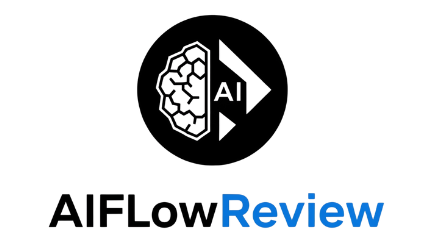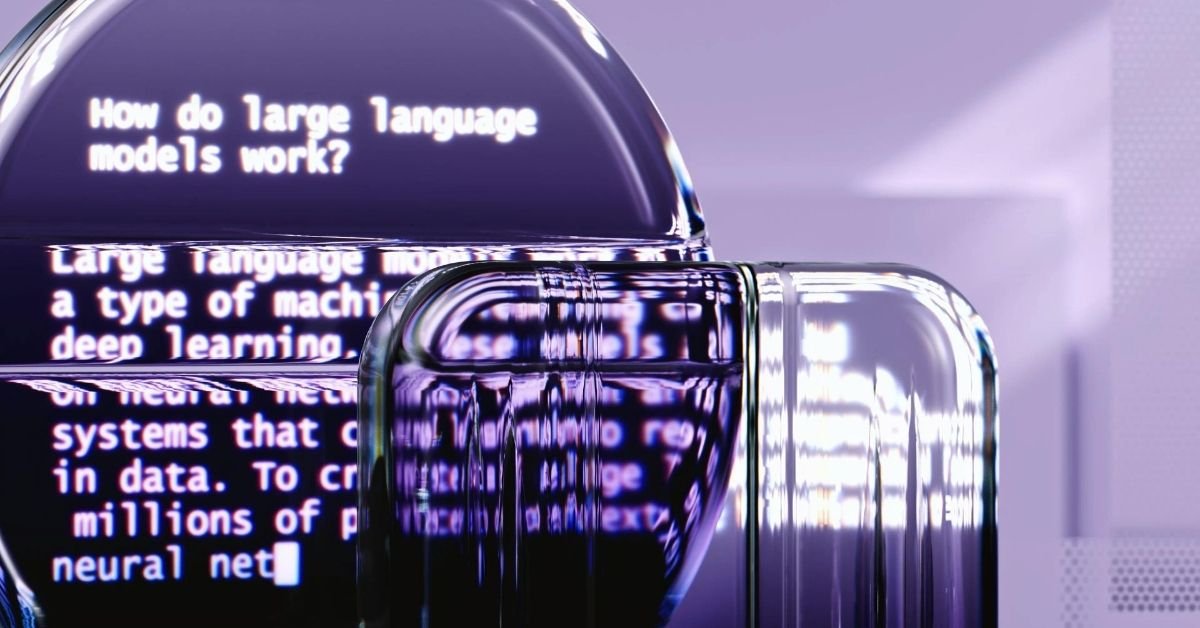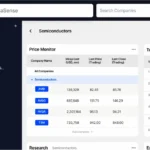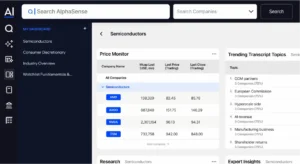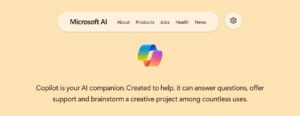Picture this: you’re visiting an online store late at night and a friendly little message box pops up. It offers help as you browse, answers questions about returns, and never seems to need a break. That’s an AI chatbot in action—one of the most practical uses of artificial intelligence many of us encounter daily. From handling questions on ecommerce websites to reminding you about your doctor’s appointment, chatbots have quickly slid into everyday life. People want to know how these bots work, whether they’re chatting with a computer or a person, and what makes some of them feel so much smarter than others.
What Is an AI Chatbot?

Photo by Shantanu Kumar
An AI chatbot is a program built to simulate conversation with people. But instead of just parroting pre-written responses, AI chatbots use artificial intelligence, natural language processing (NLP), and machine learning (ML) to understand what you say and reply in a way that feels more human.
Most of us meet these bots as customer service helpers on shopping sites, virtual assistants on our phones, or even while booking a flight. With tools like Siri, Alexa, and online chatbots, our words become the main input—no need to click lots of buttons or search through menus.
In plain terms, when you ask “Where’s my package?”, the bot doesn’t just match that question to a canned answer. Good AI chatbots notice your intent, learn from previous conversations, and even pick up on your tone or mood. Platforms like IBM break down how these bots work, showing that it’s not just about repeating text—it’s about understanding context and purpose.
How Does an AI Chatbot Work?
When you type or say something, the AI chatbot’s first task is to figure out what you mean. This step uses natural language processing (NLP)—the tech that helps computers “hear” and process human language.
- Understanding Input (NLP and Intent Classification): NLP sifts through your message to find key details and figures out your intent. For example, “I want to change my flight” and “Can I modify my booking?” mean the same thing to us. AI chatbots, using intent classification, spot that sameness and react accordingly.
- Generating a Response (Machine Learning/NLG): Once the bot “gets” your question, it searches its brain (huge databases and past chats) for the best answer. Natural language generation (NLG) helps it build a proper sentence, which it sends back as the response. Sometimes, the answer feels surprisingly personal, thanks to ongoing learning.
- Handling Bigger Workflows: Advanced bots can go further, guiding you through banking tasks, troubleshooting devices, or pulling data from your profile.
You can dig into more technical details in resources like this guide from boost.ai, which explains the basics and where the technology is heading.
AI chatbots do have weak spots, though. Sometimes, they misread our words or give answers that don’t feel right. They also need to keep conversations safe and private, so companies are always tuning the tech for accuracy and security.
From Simple Scripts to Smart Conversations
All chatbots aren’t built the same. Early bots were just clever “choose your own adventure” programs. They would reply based on exact keywords or simple scripts. Think of the old-school helpdesk bots: if you typed “hours,” they’d show you store hours, but stray from known terms and you’d get stuck.
Modern AI-powered bots are different. They use AI to extract meaning, not just spot keywords. For example:
| Chatbot Type | How It Responds | User Experience |
|---|---|---|
| Scripted/Ruled-Based | Matches keywords only | Repetitive, often unhelpful, canned |
| AI-Powered | Understands intent | Feels more natural, adapts to phrasing |
When you talk to a smart bot (like those using OpenAI’s GPT model), it grows from every chat, picking up on natural patterns. The more it talks, the better it gets at sounding helpful and real, like chatting with a well-trained assistant.
Many guides, such as DevRev’s overview of AI chatbots, show how learning from conversations has turned simple bots into advanced virtual assistants.
Real-World Uses and Benefits
AI chatbots have made life easier in ways you might not even notice. Some common uses include:
- Customer Service: Handling refunds, order updates, and FAQs—all day, every day.
- Product Recommendations: Suggesting items in online shops based on preferences or past purchases.
- Appointment Scheduling: Booking visits to doctors, salons, or workshops, no waiting for business hours.
- Troubleshooting: Walking users through fixing their gadgets or software issues.
What makes AI chatbots special? Here are the biggest benefits:
- 24/7 Availability: They never log off or call in sick.
- Quick Responses: Answers appear in seconds, not minutes or hours.
- Scalability: One bot can help a hundred customers at the same time.
- Consistency: Information stays accurate—no mix-ups or missed steps.
If you want to explore which chatbot platform fits your needs, AI Flow Review is one of my go-to spots for expert-led reviews and comparison guides.
Leading companies rely on AI chatbots to handle heavy traffic, save money, and offer smoother customer experiences. For a closer look at business applications, check out Google Cloud’s take on how companies use AI chatbots in different industries.
Conclusion
AI chatbots are software assistants that chat in real-time, using NLP and machine learning to make conversations feel less robotic and more useful. They’re showing up everywhere because they simplify help, work round the clock, and are always learning to serve us better. Understanding what an AI chatbot is and how it works isn’t just for techies—it helps all of us set our expectations, get more out of these digital helpers, and spot new ways AI is shaping our world. As AI gets smarter, the chatbot experiences we have today are just the start.
